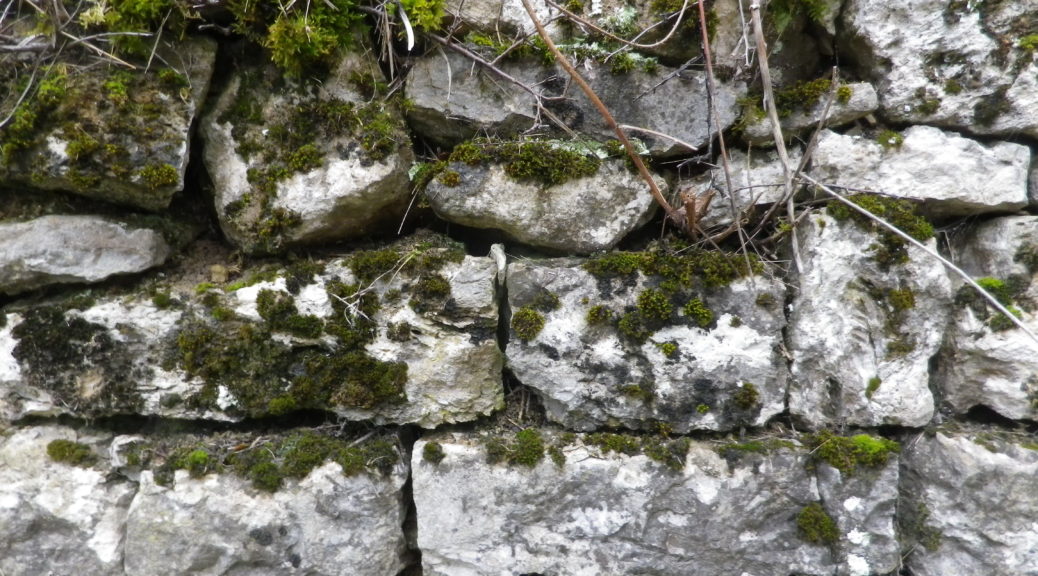What I Learned
A bit of the Baden wine region lies far north, with some of it in the German State of Bavaria! Baden’s Grosslage Tauberklinge extends north from around Assamstadt to the area around Homburg am Main. Much of this district lies along or quite near to the Tauber River. Other sectors lie in small valleys of minor Main River tributaries, or of tributaries to the Tauber River.
The Taubertal (Tauber (River) Valley) is a very diverse wine growing area. Following along the course of the river, upstream (south) to downstream (north), you find 3 regions (Franconia, Baden and Wuerttemberg) and 4 districts represented: Franconia’s Mainviereck District, Baden’s Tauberfranken District, Wuerttemberg’s Kocher-Jagst-Tauber District, and Franconia’s Maindreieck District. All this within about 120 miles of a fairly narrow river valley! The frequent district changes reflect the diverse soils and growing conditions in each region. Of course, these differences result in a variety of unique wines produced along the Tauber.
Lauda-Koenigshofen and Beckstein are in the Baden Wine Region. This particular area has vineyards on hillside slopes that face generally south, looking upriver. It is a hilly area, and in the flat lands right along the river, many different crops grow, meaning that this is a primarily agricultural district. Towns are small, and wineries are mostly small, family-run enterprises, although a couple of cooperatives exist here and there.
A number of red varietals grow in this wine district, but the most unusual (and rare) is the Tauberschwarz. This varietal is a native grape variety. It wasn’t until 1726 that this local varietal was recognized as distinct, and given a name by a local aristocrat, Carl Ludwig von Hohenlohe zu Weikersheim (a nearby Tauber River valley town in a neighboring wine district). Even at the height of its cultivation, before it almost went extinct in the last century, the Tauberschwarz only grew in the Tauber, Jagst or Kocher river valley areas, and was unknown in the rest of Germany. Nowadays, only about half-dozen wineries, in the Tauber valley area, as well as in the Jagst-Kocher area, have recommenced production of wine from this varietal. The wine from the Tauberschwarz is characteristically light and fruity.
Other red varietals in this area include the Schwarzriesling, Spaetburgunder (Pinot Noir), Zweigelt, Regent and Acolon.
What I Tasted
2017 Tauberschwarz, Kilian – Becksteiner Kirchberg, Trocken, Deutscher Qualitaetswein (Baden), Becksteiner Winzer: A dry red wine with medium plus ruby red color; a spicy, talc, slightly floral nose, with floral, spice (cumin) and slight red berry flavors; medium plus tannins with a smooth finish.
Both wines below are from the neighboring Wuerttemberg wine district, unlike Beckstein’s Tauberfranken wine district above:
2017 Tauberschwarz, Weikersheimer Tauberberg, Trocken, Kabinett, Weingaertner Markelsheim: A dry red wine with medium minus ruby red color; with a spicy, red berry nose, and with floral, red berry and nutmeg and vanilla flavors; medium tannins.
2014 Tauberschwarz, Trocken, Qualitaetswein, Weingaertner Markelsheim: A dry red wine with light cranberry juice color; with a very aromatic floral and red berry nose, and vanilla, oak and red berry flavors; mild tannins and uniquely delicious.
